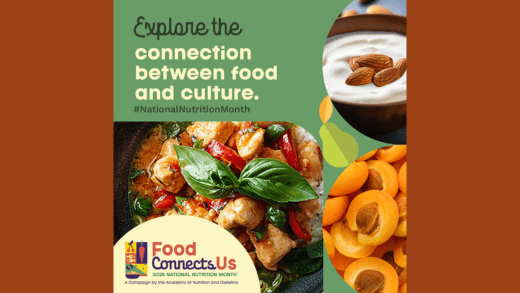When life hands you lemons, make Lemon Chiffon cake! March 29th is National Lemon Chiffon Cake Day, and this bright, light, and fluffy dessert is the perfect way to ring in spring.
Like sponge and angel food cakes, chiffon cakes belong to the family of aerated, egg-based foam cakes, which are known for their airy texture. They are delicious with just a simple glaze or can be cut in half and filled with flavored whipped cream, mascarpone or custard.
Angel food cakes were the rage in the 1920s, but Los Angeles insurance agent Harry Baker believed he could make a lighter, richer cake. Baker is said to have invented the original chiffon cake in 1927 and was continually asked for his recipe as word of his decadent dessert spread around the City of Angels. He carefully guarded his secret cake recipe for the next twenty years, baking it only for movie stars and the famous Brown Derby restaurant.
Until 1947, Baker was the only person to bake chiffon cakes. His secret combination and methods relied on what bakers and chefs already knew about cakes and leavening. The lightness of angel food cakes relies on egg whites to create the loft and airiness. Traditional cakes used baking soda or powder for leavening. However, Baker combined both egg whites and baking powder and beat the egg whites separately from the yolks to achieve a lightness unlike any other cake. He also had one other trick up his sleeve. While angel food cake contained no butter, fat, or shortening of any kind, Baker added vegetable oil to his cake. Adding vegetable oil to cake recipes is commonplace today, but in 1927, these oils were a newer ingredient to home kitchens.
The collaboration between sugar and eggs also contributes to the famous tender, airy texture of lemon chiffon cake, as well as all foam-based cakes. Sugar plays a crucial role by contributing to the cake’s structure, tenderness, and moisture retention, as well as stabilizing the meringue made from egg whites. Sugar molecules disperse among egg proteins and delay their coagulation during baking. As the temperature rises, egg proteins coagulate, or form bonds with each other. The sugar molecules raise the temperature at which bonds form between these egg proteins by surrounding them and interfering with bond formations. Once the egg proteins coagulate, the cake “sets,” forming the mesh-like structure of the cake. The sweetness of sugar also makes tart and acidic lemon juice both palatable and enjoyable.
In 1947, General Mills purchased Baker’s recipe for an undisclosed amount and called his confection “the first really new cake in 100 years.” The following year, General Mills released the recipe for chiffon cake in the May issue of Better Homes and Gardens magazine, and it became a nationwide sensation. The secret ingredient, vegetable oil, was revealed, and in the 1950s, General Mills sponsored nationwide chiffon cake contests. A beloved tradition was born and lemon chiffon cake cemented its place in the American dessert lexicon.
Celebrate National Lemon Chiffon Cake Day with a slice of this elegant and refreshing classic that is perfect for any occasion, or even just experiencing a moment of old Hollywood glamor.





Get Social with #MoreToSugar